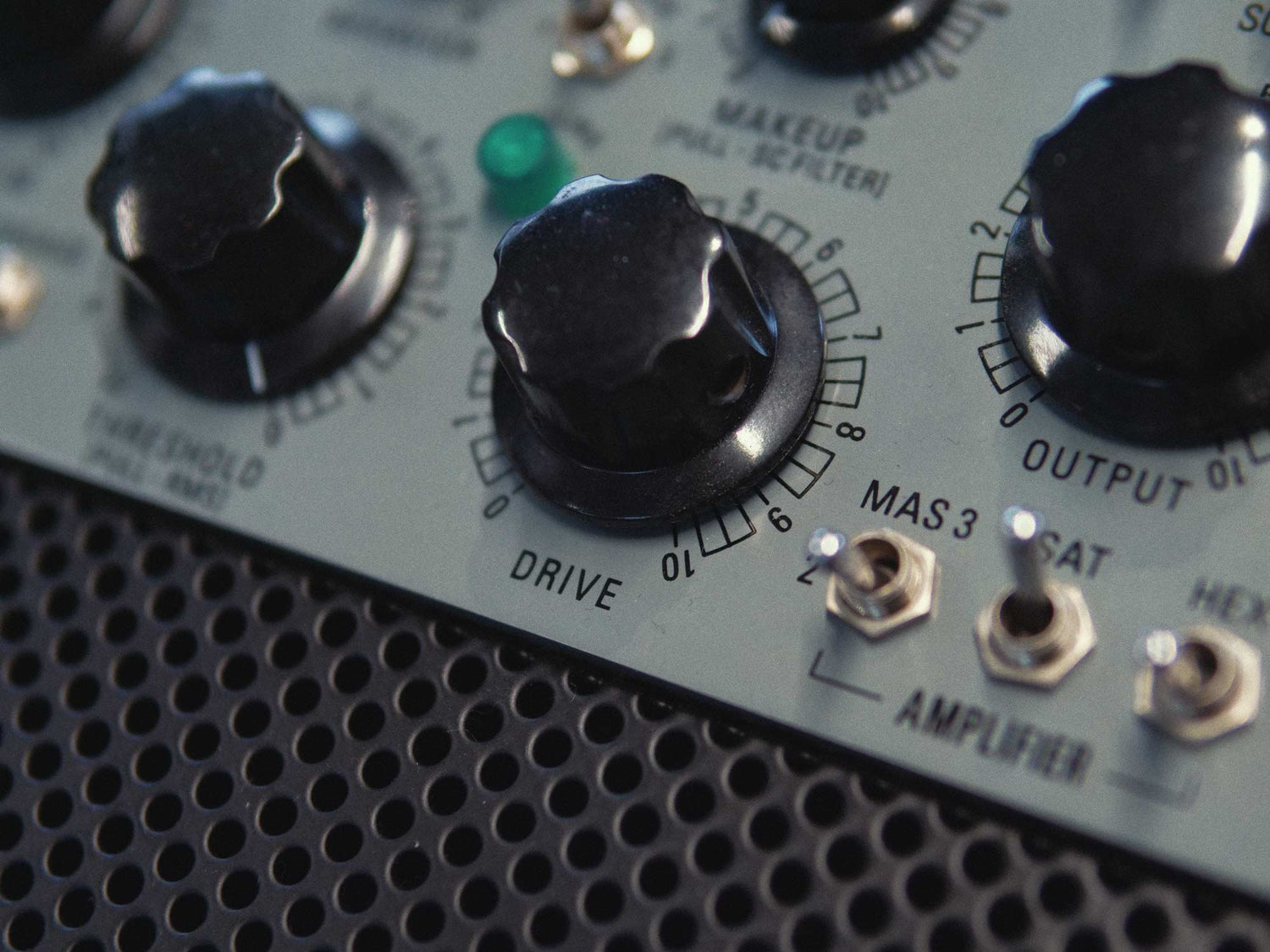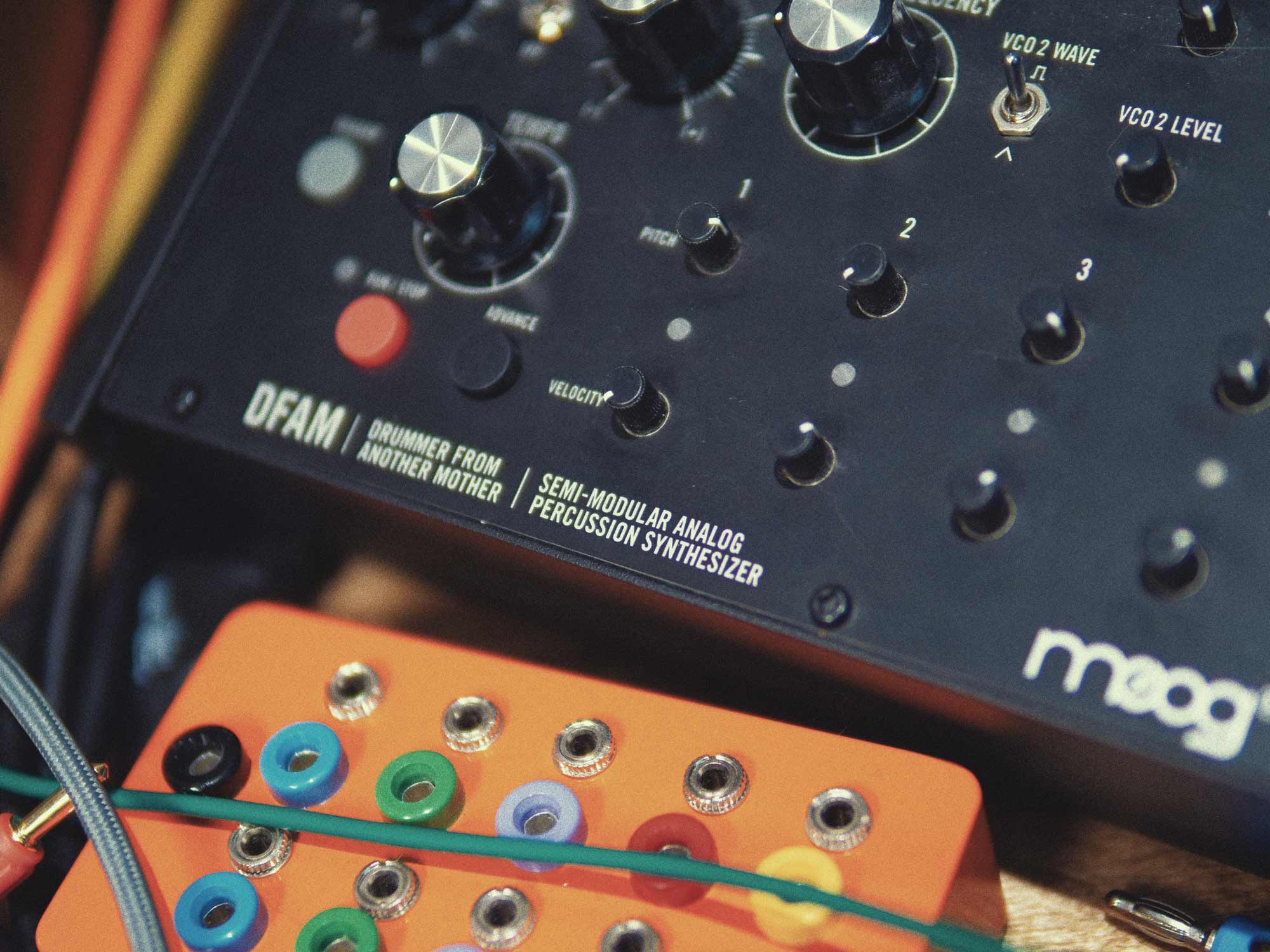In the realm of music production, the juxtaposition of clean and rough elements can result in a dynamic and compelling sonic experience. While pristine, polished sounds have their place, infusing a bit of grit and character into your productions can add depth and authenticity. In this blog post, we'll explore five creative ways to rough up clean sounds, breathing life into your tracks and making them stand out in the auditory landscape.
1. Distortion and Saturation: One of the most straightforward ways to introduce roughness to clean sounds is by using distortion and saturation. Apply subtle distortion to drums, synths, or even vocals to add harmonics, warmth, and an edgier character. Experiment with different distortion types and intensity levels to find the right balance for your desired sound.
2. Lo-Fi Processing: Embrace the charm of lo-fi processing to intentionally degrade the audio quality of your clean sounds. Low-pass filters, bitcrushers, and tape emulation plugins can introduce artifacts, noise, and a vintage vibe to your tracks. This technique works well for creating a nostalgic or retro atmosphere.
3. Modulation and Fluctuation: Introduce modulation effects to disrupt the pristine nature of your sounds. Experiment with chorus, phaser, or flanger effects to add movement and irregularities. Automated modulation can create subtle fluctuations, mimicking the imperfections found in analog gear or live performances.
4. Creative Reverb and Delay: Rethink your approach to reverb and delay by using them creatively to rough up clean sounds. Experiment with unconventional reverb settings, such as short decay times or non-linear algorithms. Incorporate delay with feedback and modulation for a gritty, atmospheric texture that adds character without sacrificing clarity.
5. Layering with Foley and Field Recordings: Blend clean sounds with foley and field recordings to introduce organic, textured layers. The contrast of synthetic and real-world sounds can create a unique sonic palette. Try layering clean percussion with the sound of rain, footsteps, or ambient recordings to inject a sense of realism and unpredictability into your music.
While clean sounds have their place in music production, deliberately roughing them up can lead to exciting and unconventional results. Experiment with distortion, lo-fi processing, modulation, creative reverb and delay, and layering with foley to inject character and authenticity into your tracks. By embracing the grit, you not only add a unique signature to your productions but also create a sonic experience that resonates with listeners on a deeper level. So, go ahead, rough it up, and let your creativity shine through the textured imperfections of your music.




Leave a comment
This site is protected by reCAPTCHA and the Google Privacy Policy and Terms of Service apply.